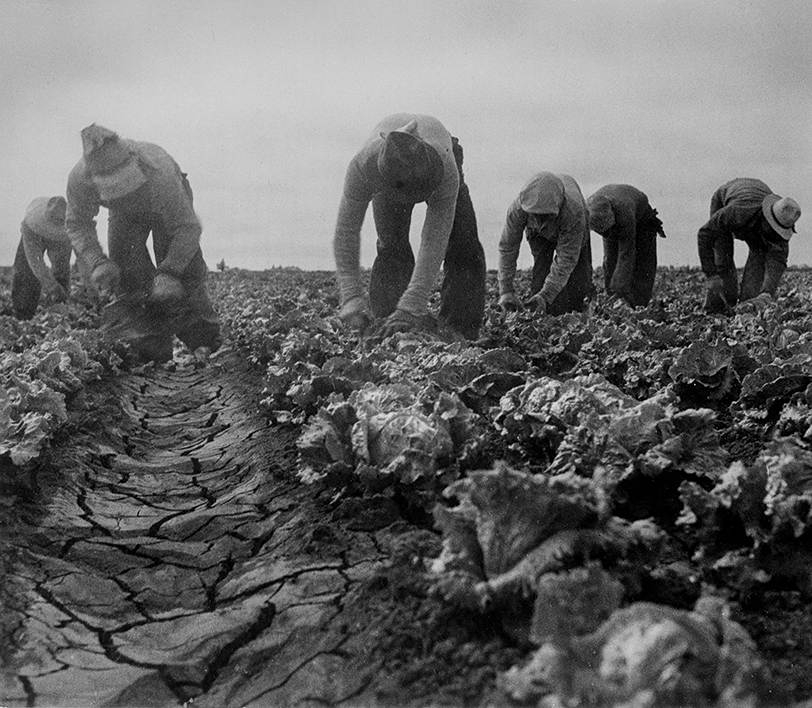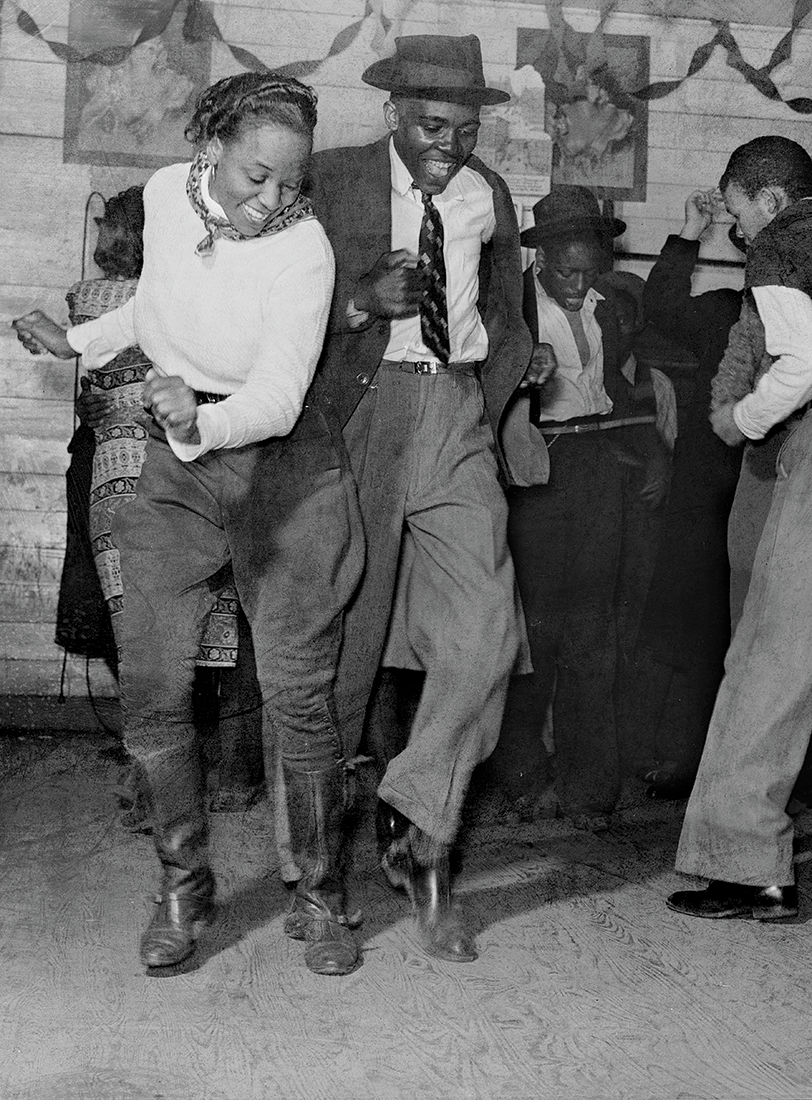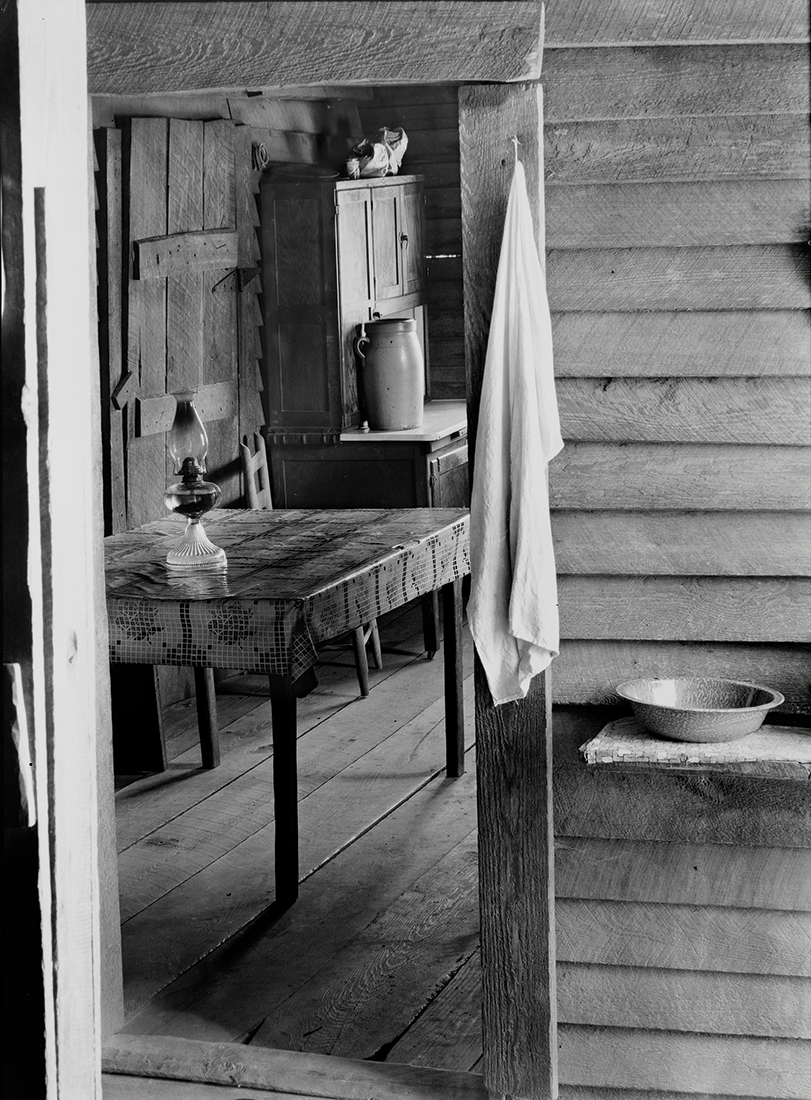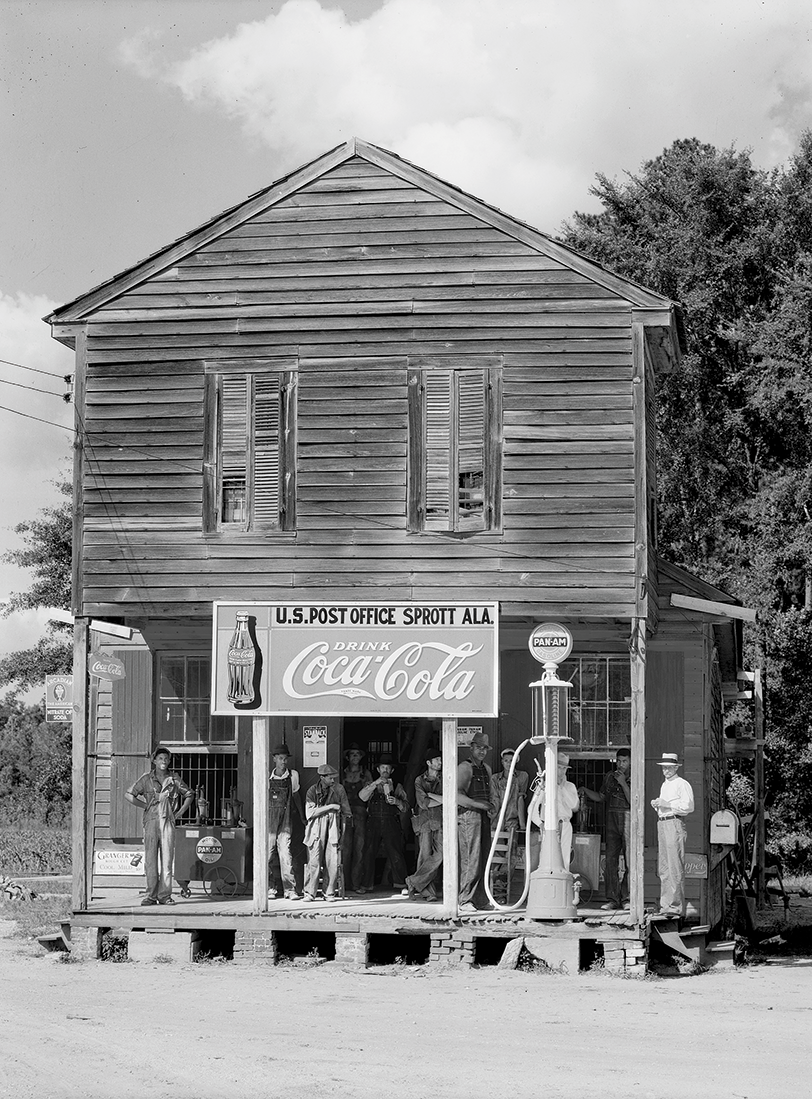spring 2025 Exhibit:
LANDSCAPEs en PLEIN AIR
The earliest surviving example of a painted landscape is a fresco in Akrotiri, an Aegean Bronze Age settlement from 3000 BCE on the Greek island of Santorini. Elements of landscape were also depicted in Ancient Egypt, often as a backdrop for hunting scenes set in the reeds of the Nile Delta. In both cases, the emphasis was on individual plant forms and figures on a flat plane, rather than the broad landscape. During Medieval times, landscape painting disappears almost entirely, when all art that was not directly Christian was considered blasphemous, and backgrounds and perspective were irrelevant.
In the 14th century, Italian painter Giotto began to reincorporate elements of nature and deeper spaces into his work, and by the 15th century nature was established as a genre. Landscapes were increasingly elevated beyond the unassuming background.
THE ITALIAN PAINTERS
The Venetian School of the late 15th century led to thriving artistic and cultural movements in Italy. The Venetian Renaissance of the 16th century was followed by a low point in the 17th century as the rest of Italy tended to ignore or underestimate Venetian painting. Renewed economic interest in art during the 18th century gave the Venetian style an unexpected revival.
The Pastoral Concert (attributed to) Titian, c.1509
Pierre-Henri de Valenciennes, a French painter living in Rome, was influential in elevating the status of open-air painting. Early nineteenth century painting incorporated landscapes as the backdrop to a historical event or a mythical tableau. Valenciennes proposed his idea of developing a "landscape portrait" in which the artist paints a landscape directly while looking upon it. He argued passionately that the landscape painter must become an expert observer of nature, urging artists to sketch and paint in the outdoors.
Pierre-Henri de Valenciennes, 1786 Landscape of Ancient Greece
Landscape painting took on increasing prominence and prestige in the Romantic period, beginning in Europe in the late 18th century and spreading to the United States. Painters of romanticism sought to provide an image that represented a feeling towards the Earth and life, rather than the exact way it would appear to the naked human eye.
The emergence of the Realism movement (mid-19th century) is often seen as marking the end of Romanticism, as artists began to focus on depicting everyday life with more accuracy and less emphasis on emotional expression.
europe gives rise to a movement
Painting en plein air, the artist seeks to reproduce the true colors they observe in the landscape. Working quickly, rather than with slow studied accuracy, intricate details are implied as visual suggestions or impressions. The painting may capture the scenes’ mood and ambiance, using brushstrokes that are looser and more expansive. These techniques led to Impressionism in the late nineteenth century.
en plein air is from the French meaning, “in the open air”
Painting en plein air defines a simple technical approach using spontaneous brushwork and a light palette. Painting outside enables artists to capture the fleeting transformations of changing light from the sun’s movement, and the effects of evolving weather and atmosphere.
Camille Pissarro, 1872 Hameau aux environs de Pontoise
Painters of the landscape were constrained to work in the studio for reasons of logistics; transporting the mixed pigments outdoors was cumbersome. As a result, outdoor work was confined to sketches or preliminary studies for reference, returning to the studio to complete the painting.
The Mother of Invention
One creative option was a fragile glass syringe for [gently] transporting mixed paints. Going a step further, the clever American painter and inventor, John Goffe Rand patented his collapsible paint tube in America in 1841.
The first screw cap mechanism for collapsible metal tubes is patented in London by William Winsor in 1842; this becomes the standard container for artists’ colors.
The durable tin tube allowed unused oil paint to be stored and used later without drying out. Another significant tool was the box easel with built-in paint box and telescopic legs. Plein air painting proliferated as these new tools were employed by landscape artists on the move, making painting en plein air ever more accessible.
Natural pigments were often expensive and difficult to obtain
The Industrial Revolution in the 19th century saw the development and mass production of synthetic pigments. Synthetic pigments were found to be more opaque and less soluble than organic pigments, producing brighter, more intense hues. The availability of synthetic pigments positively impacted the art world by providing a wider range of colors.
John Singer Sargent, 1885
Claude Monet Painting by the Edge of a Wood
John Singer Sargent painted outdoors in the English countryside when not in his portrait studio. In the 1880s, he began to embrace the plein air manner following the visit to Monet. On a visit to Monet at Giverny in 1885, Sargent painted one of his most Impressionistic portraits; Monet at work painting outdoors with his new bride nearby.
The artist’s tools had evolved, giving artists the freedom to move about in the open air. The natural world, with all its spontaneity, often included people engaged in day to day living.
Winslow Homer, 1868 Artists Sketching in the White Mountains
Coming to America
The 1825 American expansion and Manifest Destiny imbued the untamed countryside with the symbolism of the country's promised prosperity and limitless resources. The terrain provided an alternative to European culture and history; it became a picturesque, patriotic, and inspirational theme.
The Hudson River school was the first native school of painting in the United States from about 1825 to 1870. It was strongly nationalistic both in its proud celebration of the natural beauty of the American landscape and in the desire of its artists to become independent of European schools of painting. The loosely connected group of American landscape painters explored the wilderness which was fast disappearing from the Hudson Valley. Completing large-scale works in their New York studios, they thrilled audiences and celebrated the awesome power of nature and the progress of man.
Albert Bierstadt, 1868 Among the Sierra Nevada, California
American artists were influenced by emerging European styles, notably the French Barbizon School of landscape painting roughly from 1830 through 1870. The style represented landscape genre in a softer manner; most prominent features of this school are its tonal qualities, color, and loose brushwork. Members were drawn together by their passion for painting en plein air and their desire to elevate landscape painting from a mere background.
By 1875, the movement's idealized wilderness had inspired the seeds of conservation that would lead to the federal protection of wild spaces. After the Civil War, the school's popularity waned as the country became more industrialized and expanded. As the American frontier was pushed further westward, landscape artists chronicled the disappearing wilderness and the expanding presence of modern civilization.
Claude Monet, 1872
Impression Sunrise
The First Impressionist Art Exhibit
The original Impressionist painters were laughed at by the public and derided by critics in their first French exhibit in 1872. More than any other movement, it was Impressionism that became synonymous with open air painting, showcasing natural light, movement, and transient moments.
Theodore Robinson was one of the first American artists to embrace Impressionism in the late 1880s. Visiting Giverny and developing a close friendship with Claude Monet, Robinson was encouraged to render the beauty of nature in a manner truthful to one's vision. Much of his work in Giverny depicted the surrounding countryside in different weather, in the plein air tradition. Robinson returned to America in 1892, influenced by his time in Giverny with Monet, significantly mobilizing the American Impressionist movement.
In the late nineteenth and early twentieth centuries, American artists flocked to France in search of instruction, critical acclaim, and patronage. Some, including James McNeill Whistler, John Singer Sargent, and Mary Cassatt, became highly regarded in the French press, advancing their careers on both sides of the Atlantic. Easily recognized French impressionists included Claude Monet, August Renoir, Camille Pissarro, Edgar Degas, Alfred Sisley, and (even though she was born in Pittsburgh) Mary Cassatt.
America's leading impressionist, however, was the expatriate Mary Cassatt. She also used her social standing as the daughter of a Pennsylvania banker to persuade other wealthy Americans to purchase avant-garde art, thereby helping introduce French impressionism to the United States. Since she lived abroad and, from 1879 to 1886, participated in four exhibitions that the impressionists held in Paris, the National Gallery of Art displays Mary Cassatt's paintings in its French rooms.
Mary Cassatt, 1905
Woman with a Sunflower
The sunflower painting was among 20 or so paintings by Cassatt included in a 1915 exhibition to raise money for the suffrage campaign. As a fierce advocate for women’s rights, she was unafraid of using her work to support the women's suffrage movement.
On August 18, 1920, the passage of the 19th amendment granted many women the right to vote, and thereby becoming active participants in politics and public life. decades later in 1965, all women had secured the right to vote in America.
The Golden State
Beginning in the late 1880s and continuing into the early part of the twentieth century, artists in California painted in an artistic style which exalted the picturesque landscape and unique light of this State. This style, which is often called California Impressionism or California Plein-Air painting, combined several distinctive aspects of American and European art.
Guy Rose, 1918 Oak Grove, Carmel
In keeping with the techniques of Impressionism, California’s plein air painters determined that the best way to paint a landscape was to be in the landscape.
Painting the delicate and fleeting effect of California’s light necessitated the technique of direct and quick application of paint. Like their French forbears, they largely painted en plein-air, taking advantage of the mild climate and the singular quality of Southern California light.
Mary Agnes Yerkes, 1920 Mt. Diablo
Artists rendered the rich California landscape north and south: foothills, mountains, seashores, and deserts of the interior and coastal regions. The art scene's first commercial galleries opened and began to draw artists and patrons, and a light, airy Impressionist aesthetic became dominant. The California Impressionist’s robust colors and loose, painterly brushwork revealed influences from French Impressionism and Post-Impressionism. En plein air and Impressionism spread across America with art colonies developing in places like Carmel-by-the-Sea and Laguna Beach as well as in cities like San Francisco, Los Angeles, Pasadena, and even over to Giverny in France.
Benjamin Chambers Brown, 1942 Poppies, Antelope Valley
Impressionist-influenced painting remained popular in California well after it receded in Europe and the Eastern United States. By the late 1920s the California Impressionists had popularized landscape painting as a subject, encouraging broader appreciation for California's natural beauty among the public. The California trend helped establish landscape painting as a significant genre, further shaping the image of California as a cultural and artistic destination.
In the 1930s, impressionism was seen as old-fashioned and conservative more modern styles became accepted. California Impressionism reached its peak of popularity before the Great Depression. Students of the Impressionist-influenced approach continued to popularize plein air painting.
Ken Potter, 1997 Golden Gate By permission: CaliforniaWatercolor.com
Though the practice of plein air painting has endured, it seemed to quiet down for several decades. A resurgence of the outdoor painter appears in the 1980s, mostly in California. Today the movement is unstoppable; branded “the new golf”, tens of thousands have taken up plein air painting across the world.
California plein air painters continue to excite the popularity of this genre. The work of the various regions of our state’s plein air painters is represented by the unique character of the lands and lifestyles within each region. Humboldt County and Northern California artists whose work is compelling and unique to our northern environs with its magical landscapes, continue to embrace plein air painting.
Local plein air groups may be found online or through galleries.
Bug Press Printing • 1461 M Street • Arcata, California • 707-822-2001 • print@bugpress.com
We welcome you to view our Window Gallery at
1461 M STREET, ARCATA

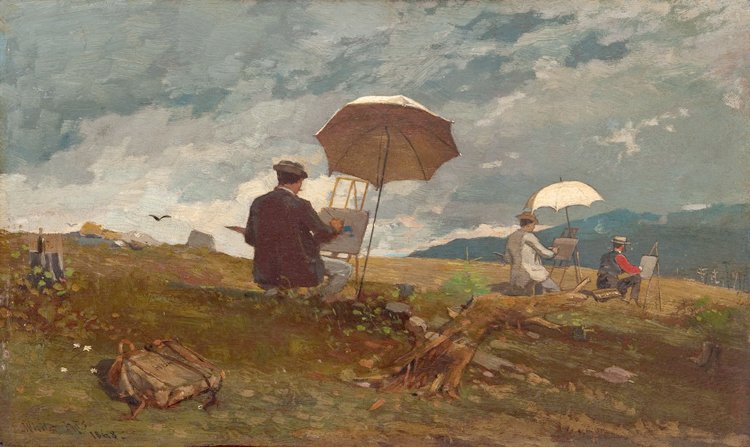

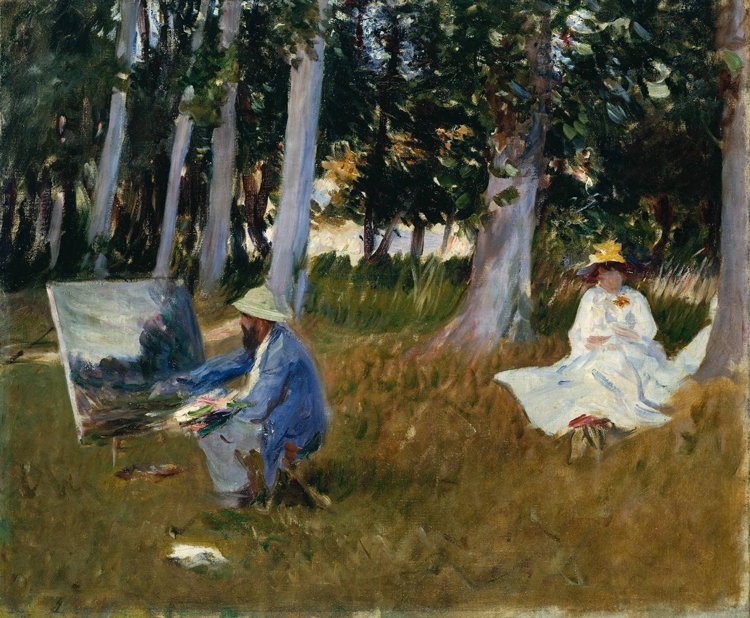
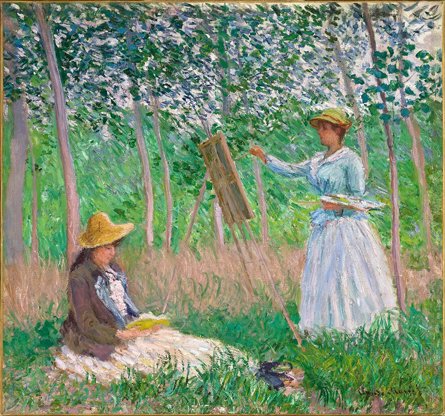
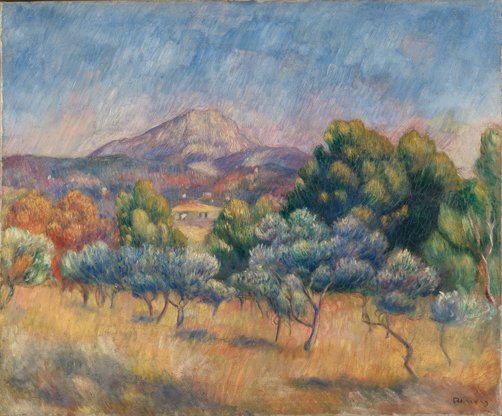
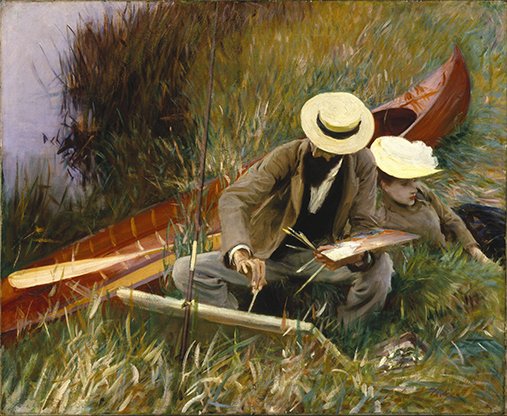
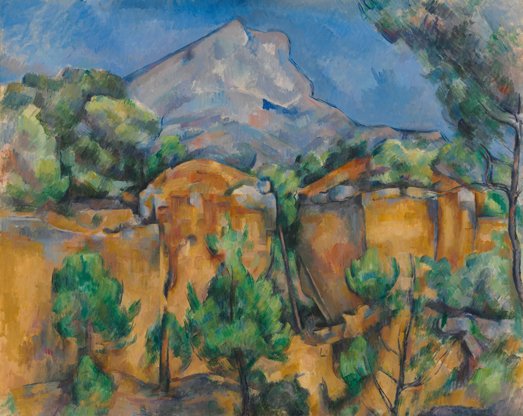


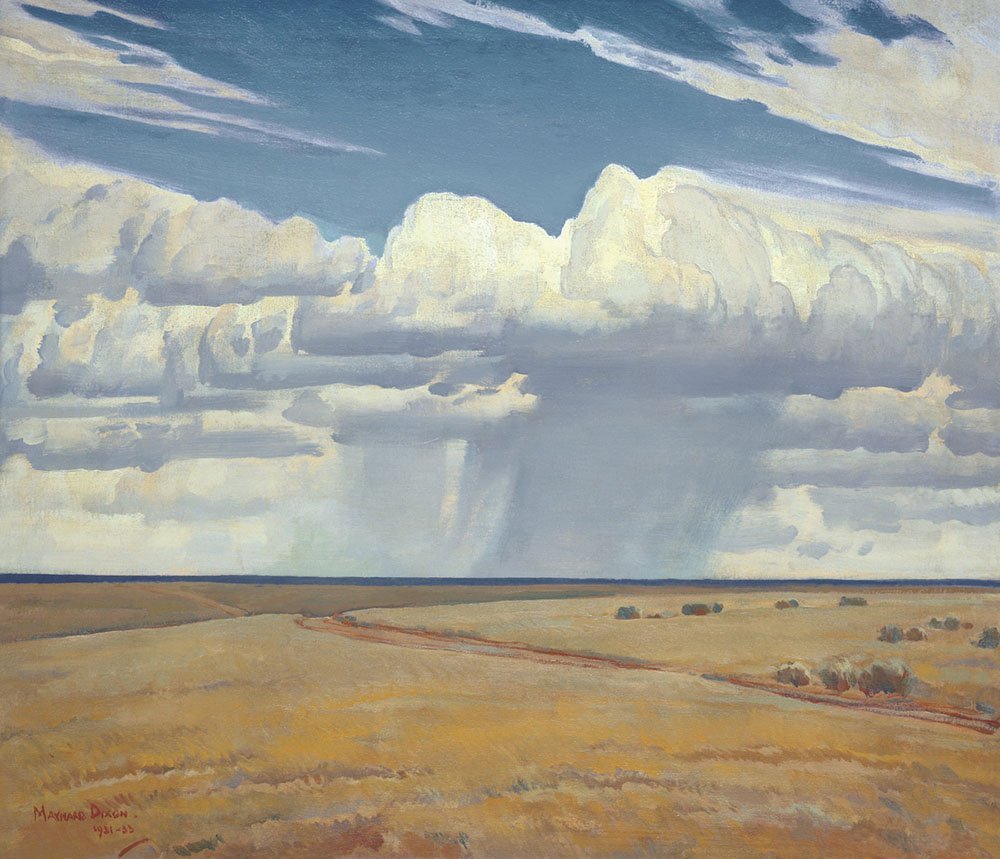
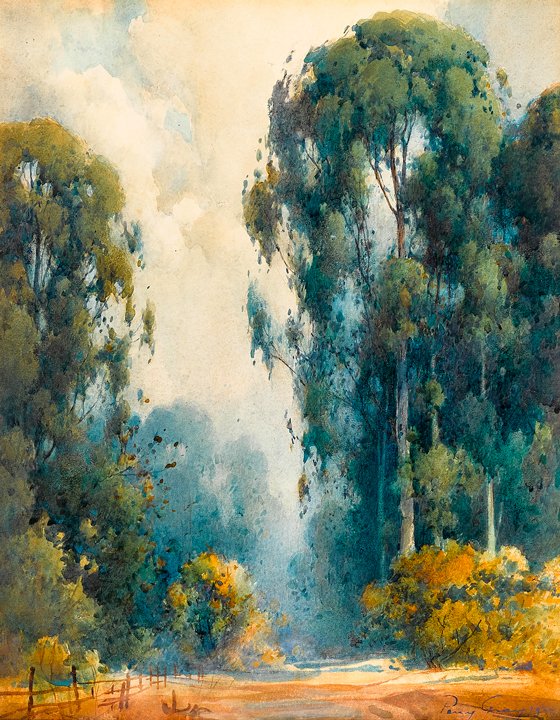





















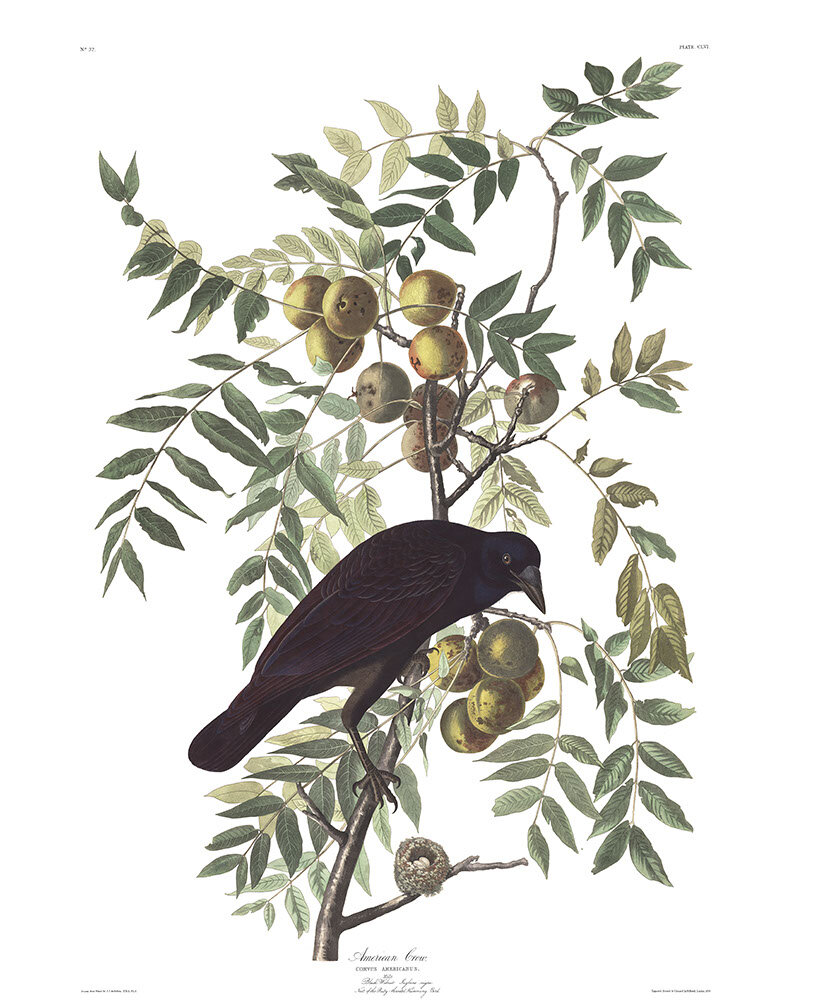






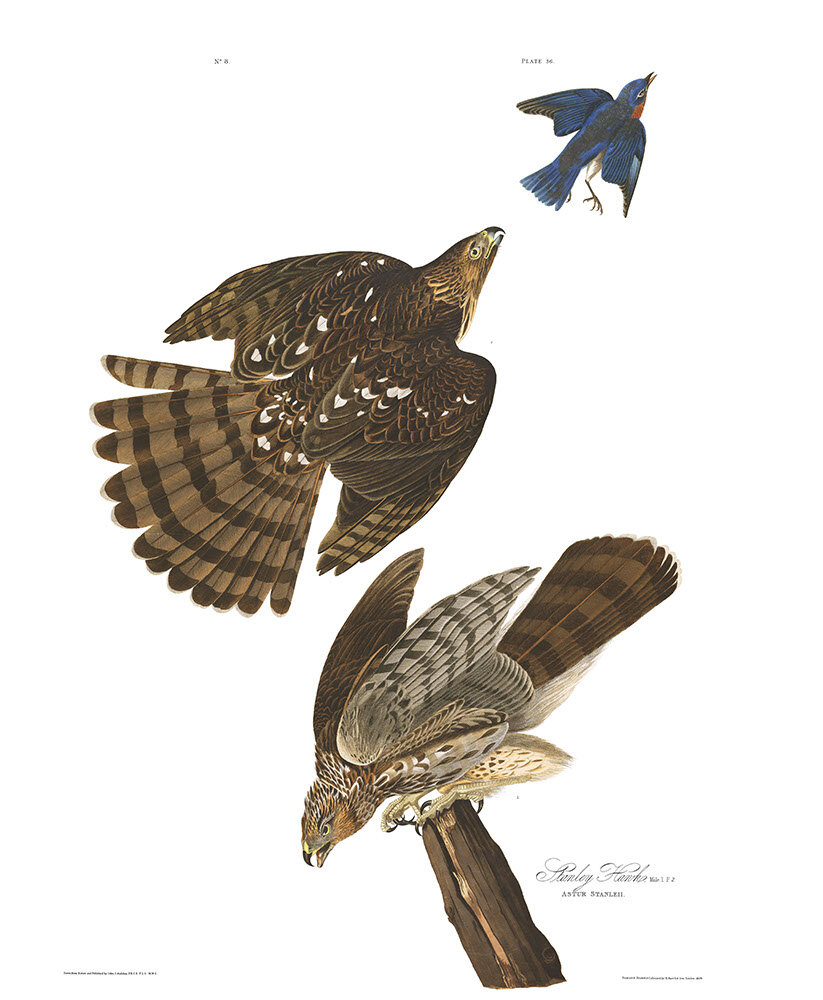



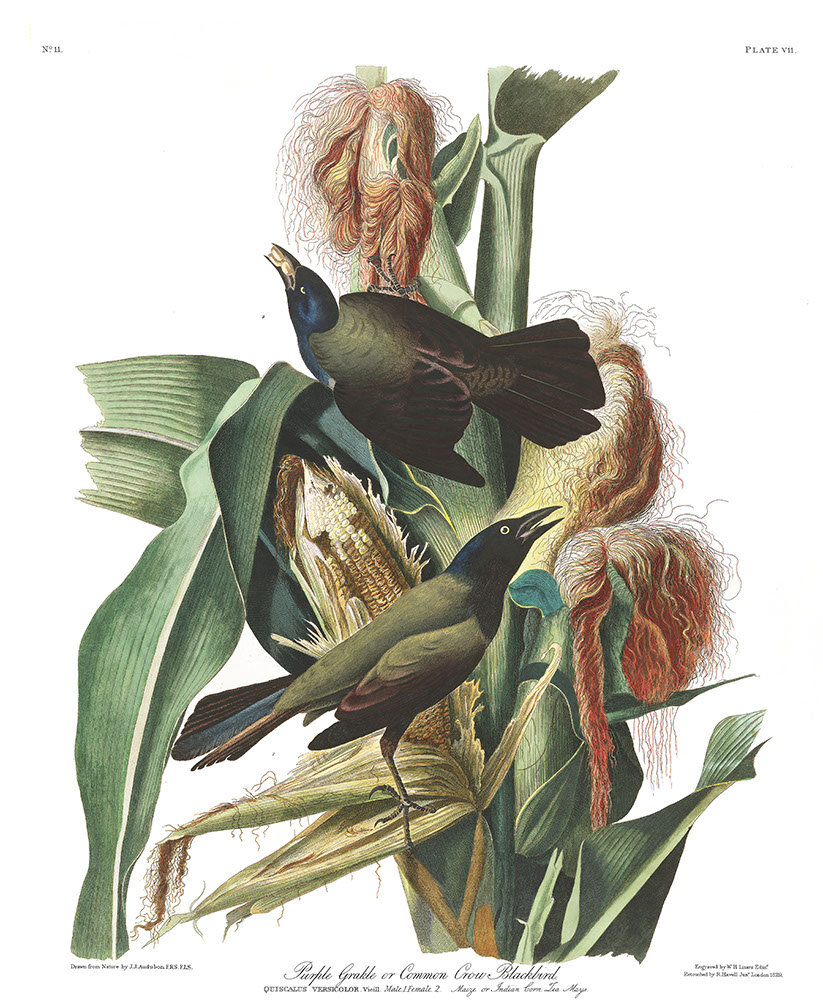

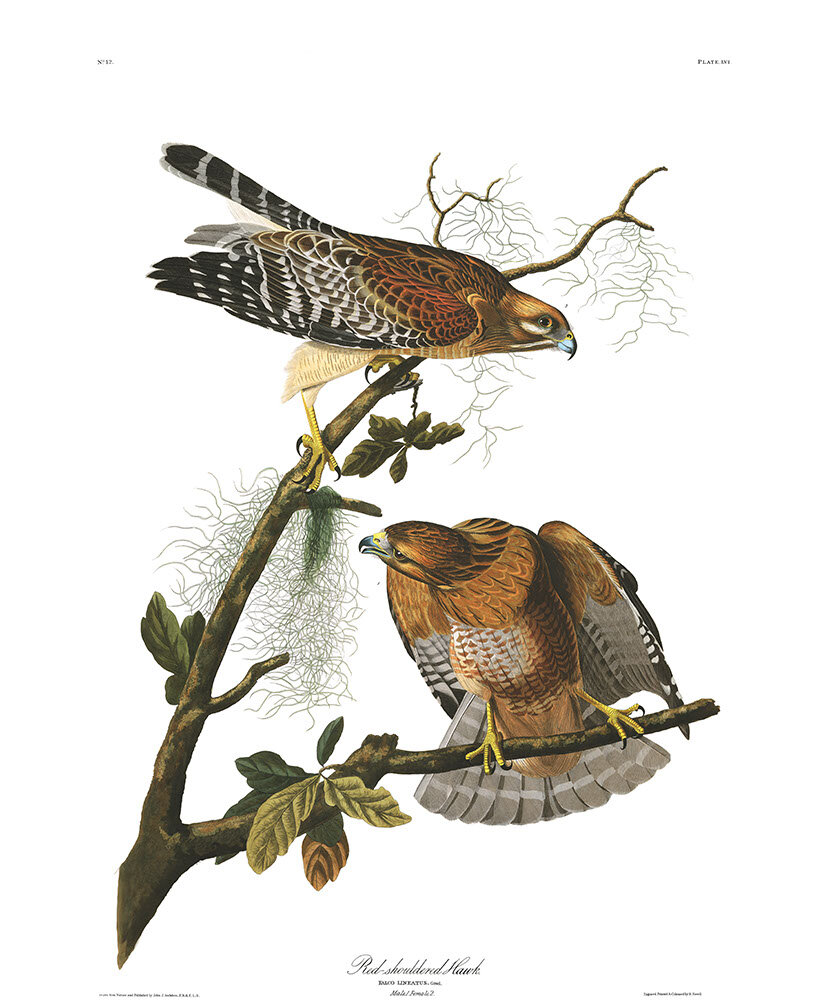



















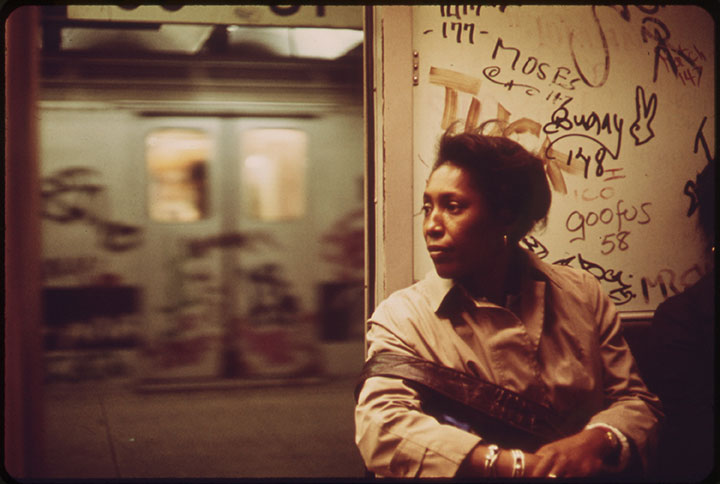















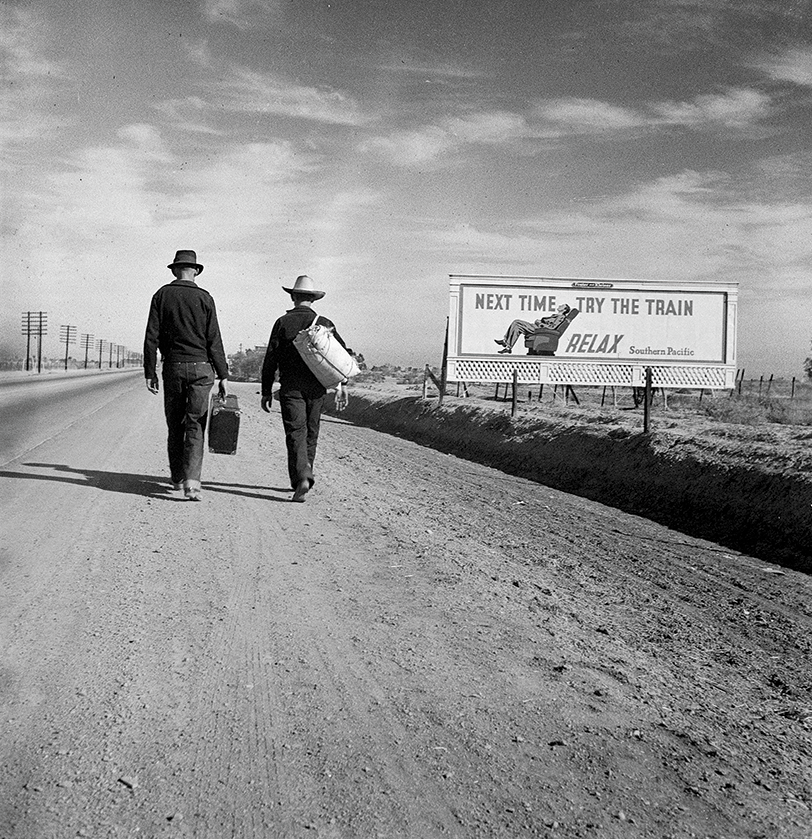
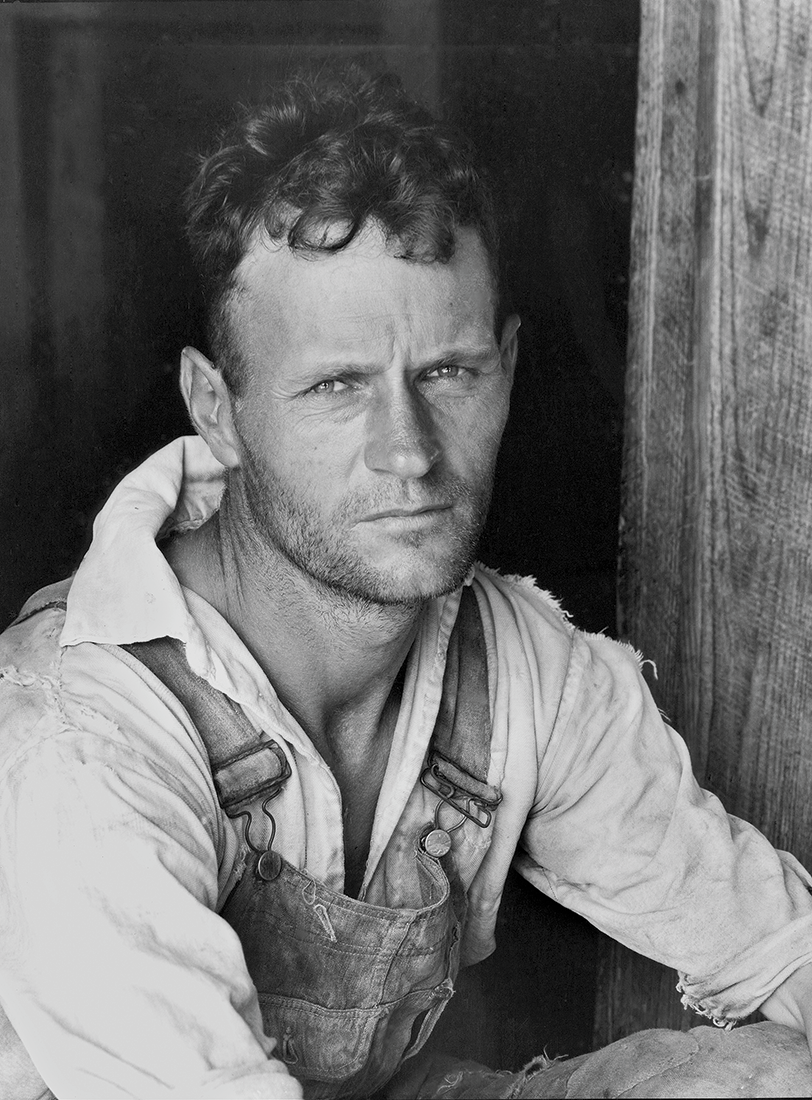
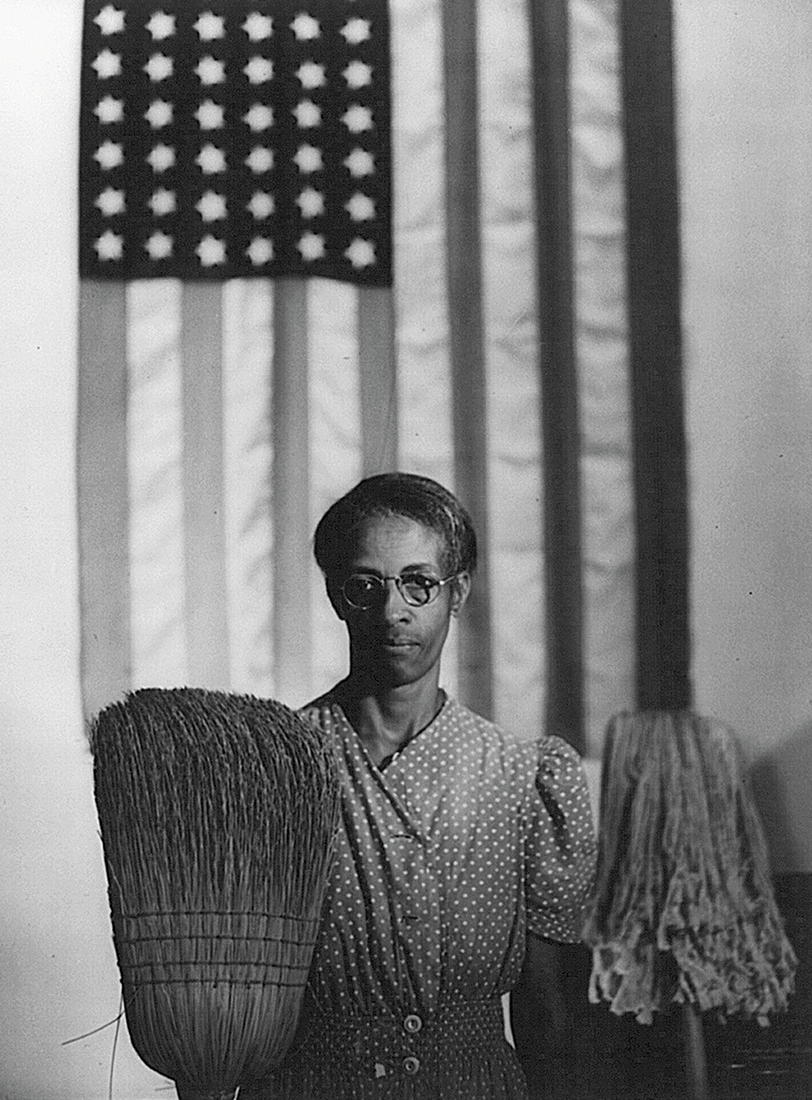
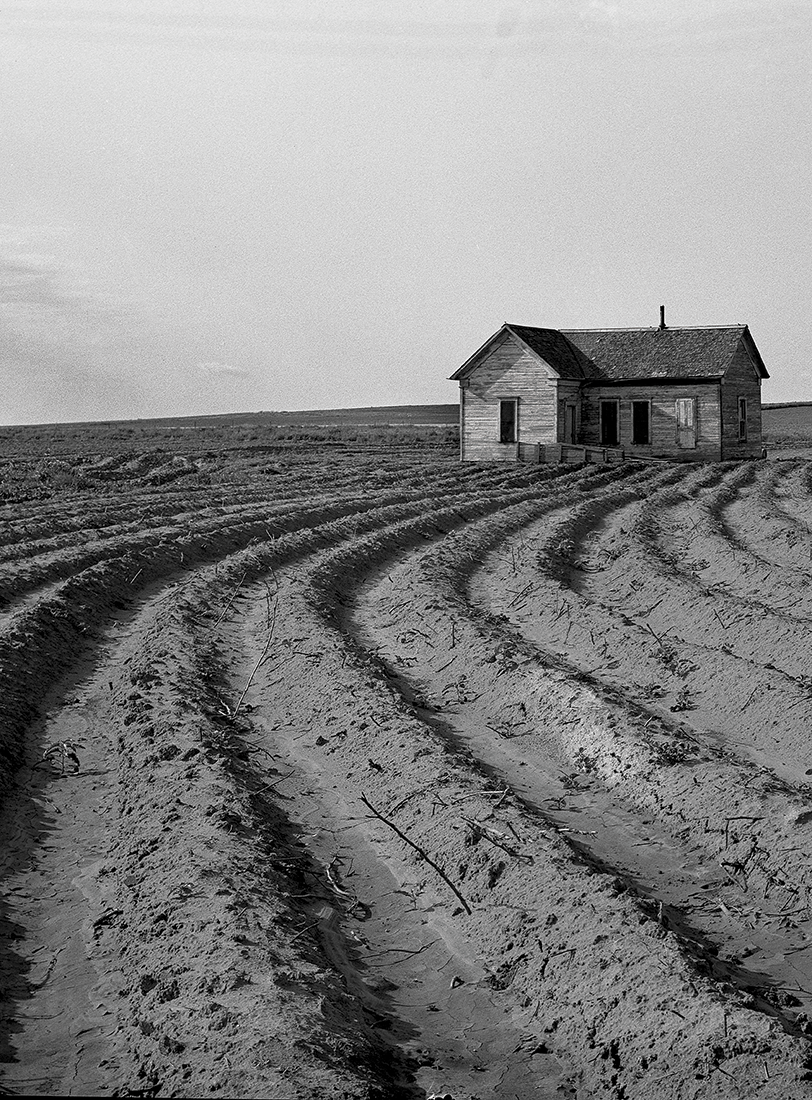
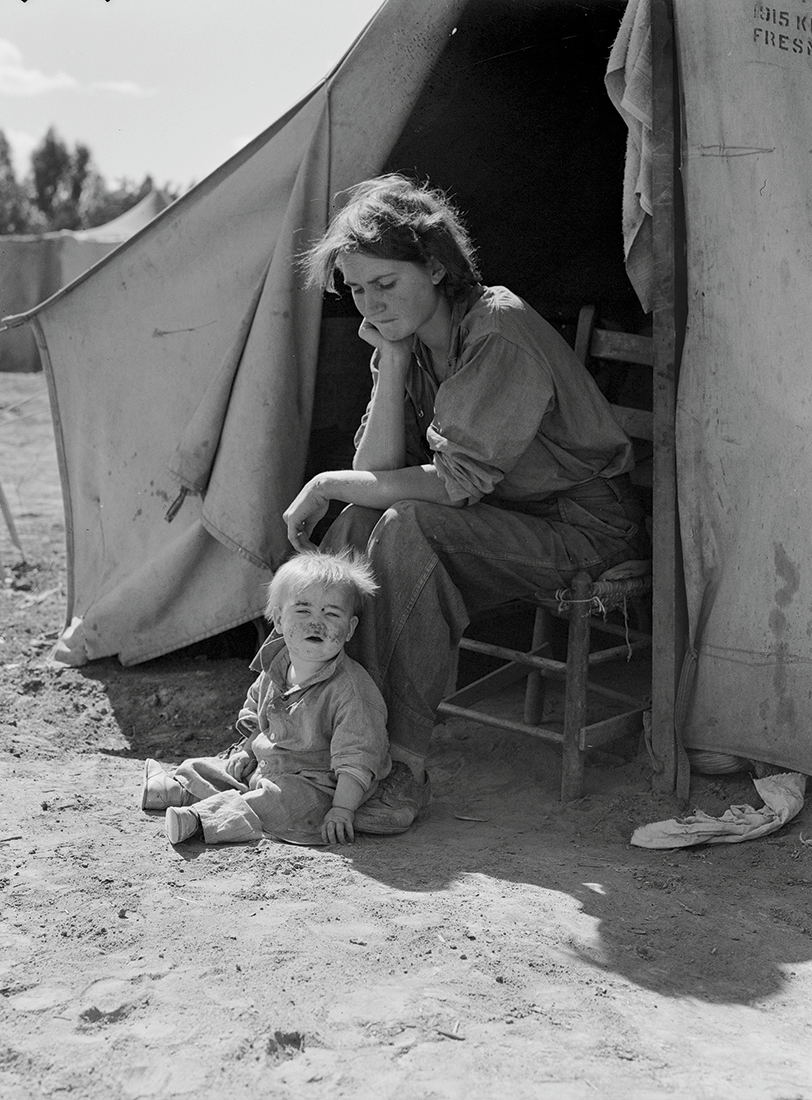
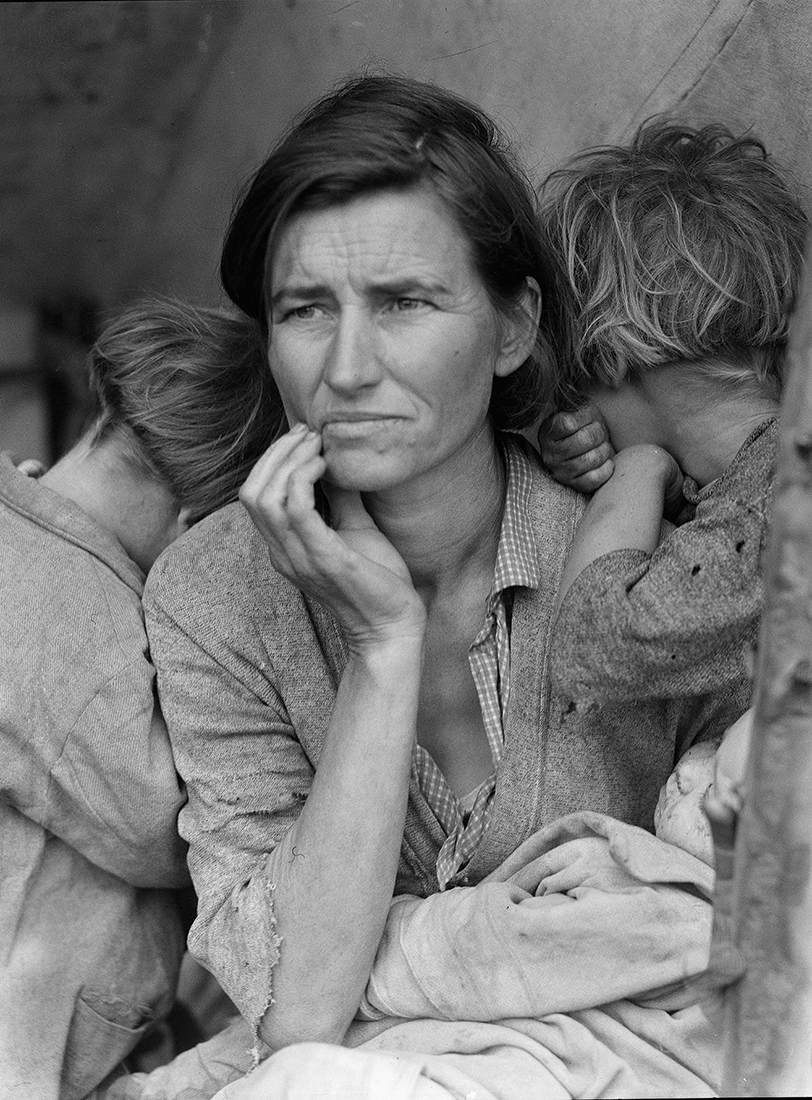
![Title: [Untitled] Photographer: Carl Mydans Date Created/Published: 1935 September](https://images.squarespace-cdn.com/content/v1/67211fdd39e79b00203d1ae7/1730224129768-6Y769UCBJ0ZZF3LQPCZC/BUG-EXHIBIT_02-8.png)
